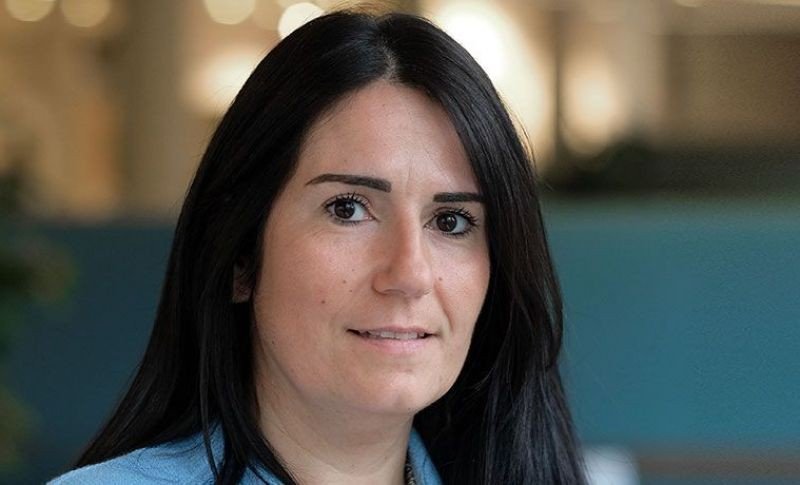Paula da Costa Martins
Associate professor
Dr Paula da Costa Martins has graduated in Biology at the Faculty of Sciences, University of Lisbon, in Portugal. Afterwards, she moved to Amsterdam, in the Netherlands, to work on cellular and molecular biology, focussing on the interactions between immune and endothelial cells, and their contribution to inflammation and atherosclerosis, at Sanquin Research, and for which she obtained her PhD at the University of Amsterdam. Subsequently, she followed her post-doctoral research at the Hubrecht Institute (Utrecht, The Netherlands), studying the contribution of noncoding RNAs in the onset and development of heart disease.
She has been working at Maastricht University since 2010. The focus of her research is deciphering the contribution of non-coding RNAs, specially microRNAs, to the development and progression of cardiac disease. More specifically, she centres her research on understanding how different cardiac cell types communicate to influence each other’s phenotype and in a concerted manner contribute to pathologic cardiac remodelling. Her main interest is unveiling how cardiomyocytes send 'microRNA messages’ to cardiac endothelial cells and inflammatory cells via exosomes, to alter their angiogenic and inflammatory properties, respectively. In this way she expects to identify new gene targets or processes where one can intervene to prevent or cure heart disease.




